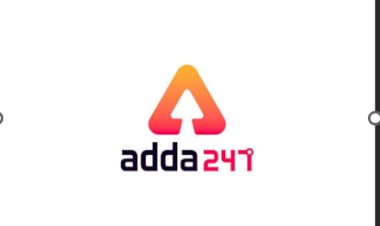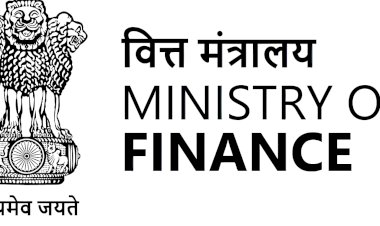Demystifying path of transition of small finance banks
The Reserve Bank of India (RBI) recently introduced guidelines for Small Finance Banks (SFBs) that want to transition to Universal Banks (UBs). HereÔÇÖs a simple explanation of what this means and how it could affect the banking landscape.

Background on Small Finance Banks (SFBs)
In 2015, the RBI began issuing licenses for Small Finance Banks and Payment Banks based on recommendations from the Nachiket Mor Committee. These banks were designed to serve small businesses and low-income households. By March 2023, there were 12 Small Finance Banks in India with a total asset size of Rs. 2,67,517 crores, which is about 1.1% of the entire banking system's assets. SFBs are known for providing important services to rural and small borrowers, helping stimulate local economies.
Performance and Lending Rules for SFBs
SFBs have specific rules they must follow, such as lending 75% of their loans to priority sectors like agriculture, small businesses, and affordable housing. At least half of these loans must be for amounts less than Rs. 25 lakhs. Despite these stricter requirements, some SFBs have performed well and want to expand their operations by becoming Universal Banks.
New RBI Guidelines for Transition
To transition from an SFB to a UB, the RBI has set several benchmarks:
1. Track Record: The SFB must have at least 5 years of satisfactory performance.
2. Stock Exchange Listing: The SFB's shares should be listed on a recognized stock exchange.
3. Net Worth: The bank must have a minimum net worth of Rs. 1,000 crores.
4. Capital Adequacy: The bank should maintain a minimum Capital to Risk-weighted Assets Ratio (CRAR) of 15%.
5. Profitability: The bank should have earned a net profit for the past 2 years.
6. Asset Quality: Gross Non-Performing Assets (NPAs) should be 3% or less, and Net NPAs should be 1% or less for the last 2 years.
7. Diversified Portfolio: A well-diversified credit portfolio is preferred.
Current Status of SFBs
Out of the 12 SFBs, one merger is happening, reducing the number to 11. Only two SFBs currently meet these RBI benchmarks, with AU Small Finance Bank being one of them. However, AU Small Finance Bank is also merging with Fincare SFB and has been authorized by RBI to handle foreign trade and forex operations, which requires upgrading its risk management systems.
Benefits of Becoming a Universal Bank
Transitioning to a UB offers several advantages:
1. Expanded Network: UBs can open branches anywhere, not just in rural areas.
2. Lower Lending Targets: The priority sector lending target drops from 75% to 40%.
3. Lower Capital Adequacy Requirement: The requirement drops from 15% to 11.5%, allowing more room for growth and profitability.
4. More Business Opportunities: UBs can offer a wider range of products and services, engage in foreign trade financing, and handle government transactions.
Challenges in Transition
The transition from SFB to UB is not without challenges:
1. Risk Management: UBs face different and more significant risks compared to SFBs. Managing these new risks requires a comprehensive risk management strategy.
2. Staff Training: Employees need to be retrained to handle the diverse and complex operations of a UB.
3. Strategic Planning: SFBs must create a detailed plan outlining how they will manage the transition and the associated risks.
Conclusion
Transitioning from an SFB to a UB can open up new opportunities but also comes with significant challenges. SFBs considering this move must prepare thoroughly to ensure they can handle the increased risks and complexities of operating as a Universal Bank.


































Comments (0)